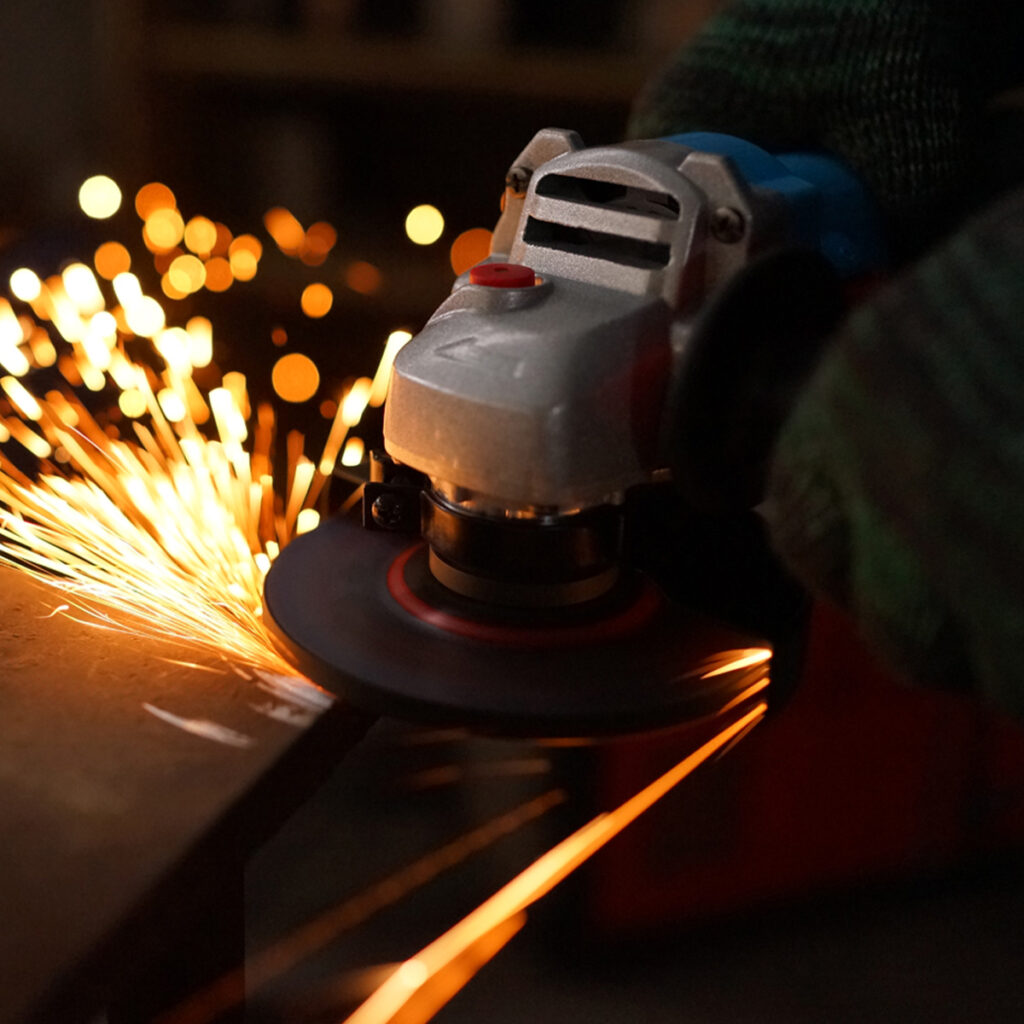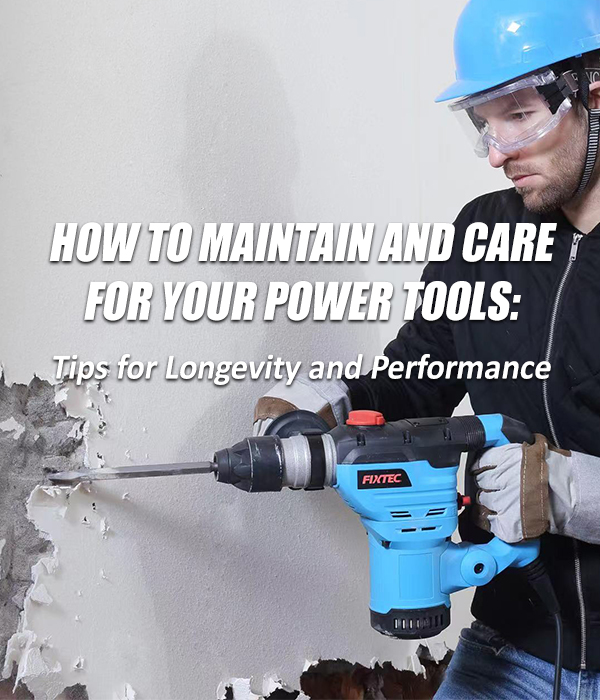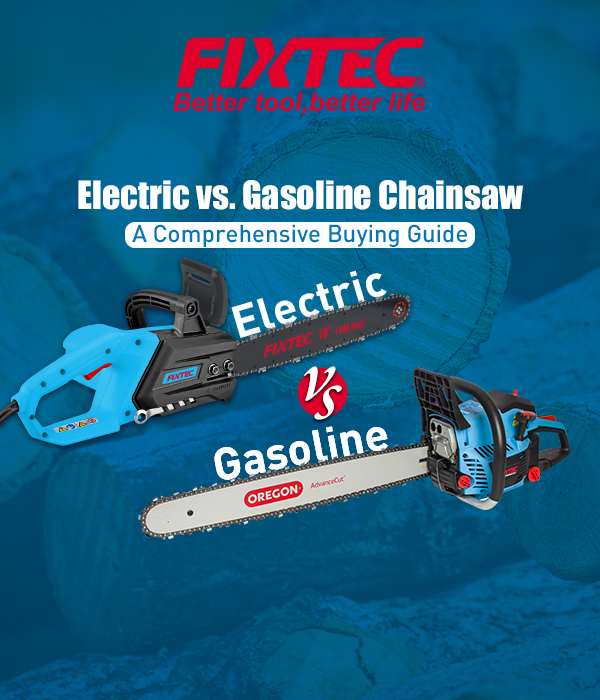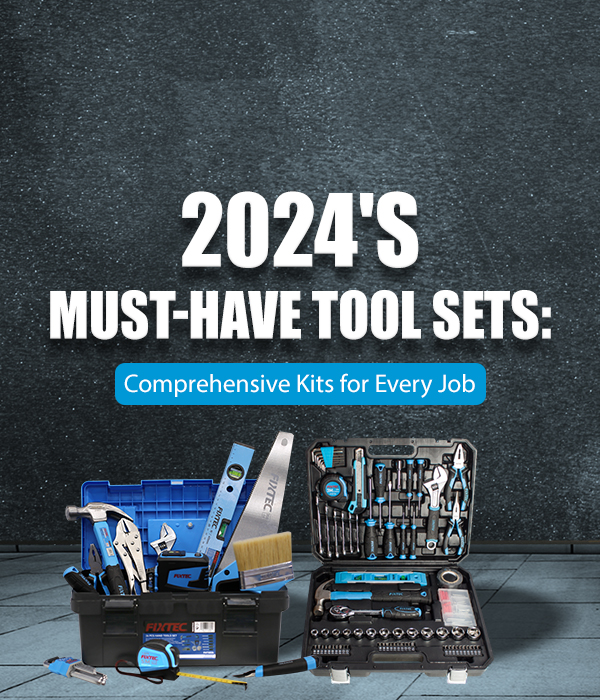Introduction
Sick of your power tools giving out or not running like they should? Don’t worry, we’ve got you covered.
Taking proper care of your tools isn’t just a good habit—it’s a crucial part of maximizing their value and ensuring they deliver the best results. Whether you’re in the cutting tool manufacture or tool manufacture industries, a professional trades person, or a DIY enthusiast, your tools are essential to getting the job done right. However, like any piece of equipment, they require regular maintenance to perform at their best. Ignoring tool care can lead to frustrating breakdowns, unexpected costs, and even potential safety hazards. By making tool maintenance a priority, you’ll not only protect your investment but also enhance your overall productivity and safety.
Understanding the Importance of Tool Maintenance
Paying attention to tool care is crucial for several key reasons:
- 2.1 Extended Tool Life: Proper maintenance helps extend the lifespan of your tools. Regular cleaning, sharpening, and lubricating can prevent premature wear and tear, saving you the cost of frequent replacements. This is particularly important for high-performance tools like an electric rotary hammer drill.
- 2.2. Safety: Well-maintained tools are safer to use. Rusty or dull tools can slip, break, or malfunction, increasing the risk of accidents. Proper care ensures tools function as designed, reducing the chance of injuries, especially when using powerful tools like a heavy-duty electric drill.
- 2.3. Optimal Performance: Tools that are regularly serviced and maintained operate at peak efficiency. For example, keeping power tools clean and free from debris helps prevent overheating and mechanical issues.
- 2.4. Cost Saving: Routine care minimizes the need for costly repairs or replacements. By investing a little time in maintenance, you can avoid larger expenses down the line, ensuring your tools remain in excellent working condition.
- 2.5. Professional Results: Well-maintained tools deliver better results. Whether you’re cutting, drilling, or fastening, a tool in good condition will perform tasks with greater precision and consistency, which is crucial for maintaining high standards in any manufacturing process.
- 2.6. Environmental Impact: By maintaining and repairing your tools, you reduce waste and the need for new resources to manufacture replacements, contributing to more sustainable practices.
Paying attention to tool care ensures you get the most value from your investment while enhancing safety, performance, and longevity.
General Maintenance Tips
Proper care and maintenance of power tools combo kit are essential for keeping them in optimal working condition and ensuring their longevity. Here are some general maintenance tips to help you get the most out of your electric tools:
- 3.1. Clean After Use: Always remove dust and debris from your tools after each use to prevent buildup in vents and motors.
- 3.2. Lubricate Moving Parts: Regularly apply oil or grease to keep moving parts running smoothly and reduce friction.
- 3.3. Inspect Power Cords: Check cords for damage or fraying, and replace them immediately to prevent electrical hazards.
- 3.4. Store Properly: Keep tools in a dry, organized space to avoid rust and damage from moisture or impact.
- 3.5. Sharpen Blades and Bits: Maintain sharp-edged on blades and bits to ensure precise cuts and reduce wear on the tool.
By implementing these general maintenance tips, you can prolong the lifespan of your power tool batteries, ensure their safe operation, and enhance their performance. Regular maintenance prevents costly repairs, reduces the risk of accidents, and keeps your tools ready for the next project.

Specific Methods for Maintaining Power Tools
We all understand the significance of proper tool maintenance, but do we ever think about how to actually do it? Here are some specific tips for you.
4.1 Cleaning And Lubrication
Cleaning and lubrication are vital steps in ensuring that your tools remain in good working condition.
Begin by vacuuming or dusting off any dirt that has accumulated on your tools’ surfaces. This includes tools like your screwdriver kits and rotary saws, as well as other items in your electrical tool kit. Then, disassemble the parts to reach areas where grime may have built up. Apply a thin layer of oil to the metal surfaces to prevent rust, and wipe away any excess with a dry cloth to avoid attracting more dirt and debris. Also, check the connections between components to ensure they fit together securely.
Although it might seem daunting, cleaning and lubricating your tools is essential for prolonging their lifespan. Taking the time to care for them will ultimately save you money by preventing costly repairs or replacements.
4.2 Rust Prevention
Rust prevention is essential for maintaining tools, as neglecting it can lead to permanent damage and reduced effectiveness. To prevent rust, follow these five steps:
- Clean your tools after each use with a mild soap or detergent to remove dirt and grease, ensuring no corrosive substances linger.
- Lubricate all parts according to the power tool manufacturer’s instructions to protect against corrosion from moisture and salt. Regularly inspect for any signs of rust; if you find any, treat those areas promptly with a suitable rust remover.
- Store your tools in dry locations to avoid moisture exposure.
- Use desiccants to combat condensation buildup, which can lead to future corrosion issues.
By regularly implementing these preventive measures in your tool maintenance routine, you can protect against costly repairs or replacements from rust-related wear.
4.3 Sharpening Blades and Bits
Sharpening blades and bits is a vital aspect of tool maintenance that ensures effectiveness. To achieve optimal results, tools should be sharpened regularly.
- Select a suitable grinding wheel or file that matches the size and shape of the blade or bit. If you have a grinding machine, it can make the process more efficient.
- Check the wheel for any cracks or chips to prevent damage to both the wheel and the tool.
- As excessive heat can warp or weaken the metal, use slow circular motions while evenly distributing pressure across the tool’s surface.
- After sharpening, inspect for any bumps or burrs that need filing down before honing.
- Check all cutting edges against a flat surface, like a glass plate or stone slab, to ensure proper alignment and safety.
With proper care, these sharpening techniques will keep your tools in excellent working condition for future projects, allowing for necessary inspections and adjustments as needed.
4.4 Storage Requirements
Proper storage of tools is crucial for maintaining their condition. Inadequate storage can lead to damage, rust, and corrosion, ultimately shortening a tool’s lifespan.
- Store all power tools in a sturdy, dry cabinet, away from moisture, dust, and debris. The cabinet should allow for adequate ventilation to reduce oxidation and corrosion.
- Always unplug power tools before storing them to avoid accidental activation, and neatly wind cords, hanging them up when possible or placing them in a dust proof container.
- Closely follow manufacturers’ guidelines. These guidelines may provide specific storage instructions based on the tool’s intended use or environmental conditions like temperature and humidity. Adhering to these recommendations will help protect your investment and keep your tools functional for years to come.
Maintenance Measures for Different Types of Power Tools
5.1 Electric Drill
- Battery Care: Avoid overcharging or completely draining the battery. Store batteries in a cool, dry place.
- Regular Cleaning: Remove dust and debris from the drill vents and chuck to prevent overheating.
- Inspect Drill Bits: Check for wear and replace dull bits to maintain efficiency.
5.2 Circular Saw
- Blade Maintenance: Regularly clean the blade and keep it sharp for smoother cuts.
- Inspect Guards: Ensure the blade guard is functioning correctly to avoid accidents.
- Motor Cleaning: Clean the motor vents to prevent dust accumulation, which could cause overheating.
5.3 Angle Grinder
- Check Discs: Regularly inspect grinding discs for wear and replace them as needed.
- Lubrication: Apply lubricant to the moving parts of the angle grinder to ensure smooth operation.
- Clean Vents: Keep the air vents clear to avoid overheating.
5.4 Electric Sander
- Dust Collection System: Clean out the dust bag or collection system frequently to avoid clogging.
- Pad Maintenance: Replace worn sanding pads to maintain a smooth finish.
- Motor Cleaning: Clear out dust and debris from the motor area to keep the tool running efficiently.

Troubleshooting Common Power Tool Issues: A Guide to Quick Fixes
Here are some common issues we often encounter. Here are some tips might help you solve these issues.
6.1 Tools Not Starting
- Check the power switch for any damage, as heat and moisture can impair its function and cause the tool to malfunction. Use a multi-meter to test the voltage at different points to identify any faulty components.
- Inspect the brushes and springs, as dust and grime can accumulate and hinder performance. Check the brush channels for wear and replace them if needed.
- Examine the power cord for any loose connections, kinks, tears, or cuts, as these can interrupt the electrical current to the power switch, making the tool inoperable.
6.2 Overheating
- Signs of overheating include a warm power drill machine, a burning odor, reduced power, or strange noises.
- Cease use immediately and remove the battery if necessary.
- Place the drill in a safe, well-ventilated area, away from flammable materials, and allow it to cool completely before diagnosing the issue.
- Check for any blocked vents, worn bits, and ensure that you’re using the appropriate battery and charger.
- If the issue persists, refer to the manufacturer’s manual or seek professional assistance.
5.3 Unusual Noises
- Check that it is adequately lubricated. Consult the manufacturer’s specifications for the correct maintenance methods.
- If your tool is squealing, examine the gears. For tools equipped with a forward and reverse control, like most power drills, the gear switch may be caught between settings.
- Carefully toggle the switch back and forth to re-engage the gears, and then try running the drill slowly once more.
When selecting power tools, durability and the quality of after-sales service are crucial factors. Most retailers might consider milwaukee power tools、bosch power tools and dewalt power tools as their top choices. You can take a look at Chinese tools when purchasing equipment. They are a more cost-effective choice. At FIXTEC, we are committed to providing timely and reliable after-sales support to our customers. Our products are known for their premium quality and come with various certifications including CE, GS, ROHS, UL, and ETL.
Choosing a reliable power tool not only ensures superior performance but also significantly reduces maintenance costs in the long run. If you’re in need of a dependable power tool, please visit the following link to learn more and get in touch with us.
Feel free to customize the link or additional details as needed!







